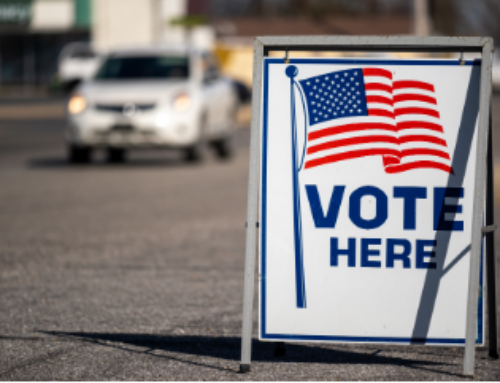AAA Travel is projecting that 40.8 million Americans will travel 50 miles or more from home during the Independence Day holiday, with 84 percent of travelers planning to travel by automobile. According to a recent study by the AAA Foundation for Traffic Safety, an estimated 16.5 percent of all fatal motor vehicle crashes in the United States from 1999 to 2008 involved a fatigued driver.
Fatigue affects everyone and can be defined as the state of exhaustion or tiredness associated with activity, exertion, working too many hours in a row, staying up too many hours in a row or a lack of sleep.
Don’t become another statistic. Before you set out on the road, you should be aware that some of the warning signs of drowsy driving include:
- You keep yawning.
- You are unable to keep your eyes open.
- You catch yourself “nodding off” and have trouble keeping your head up.
- You can’t remember driving the last few miles.
- You end up too close to cars in front of you.
- You miss the road signs or drive past your turn.
- You drift into the other lane of traffic.
- You drift onto the “rumble strip” or onto the shoulder of the road.
You’ve all heard the tricks that are said to help you stay awake while driving such as blasting the cold A/C, rolling the window down or turning the radio up loud. Unfortunately, these do little to increase alertness and you’ll soon find that you’re drifting off again and putting yourself, your passengers and other travelers at risk for an accident.
Here are some better ways to help you avoid drowsy driving:
- Avoid driving alone if possible.
- Avoid driving late at night.
- Get a full night of seven to eight hours of sleep before driving.
- Pull over at a rest stop and take a nap.
- On a long trip, share the driving with another passenger.





